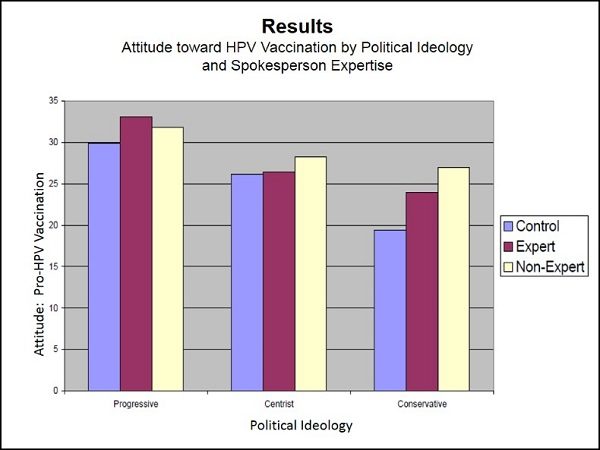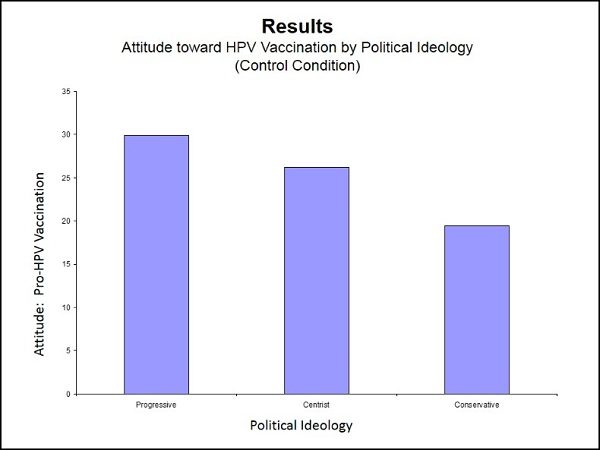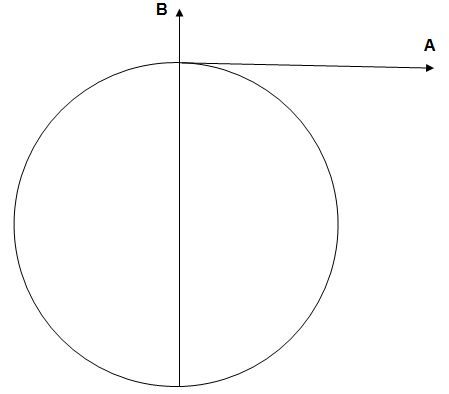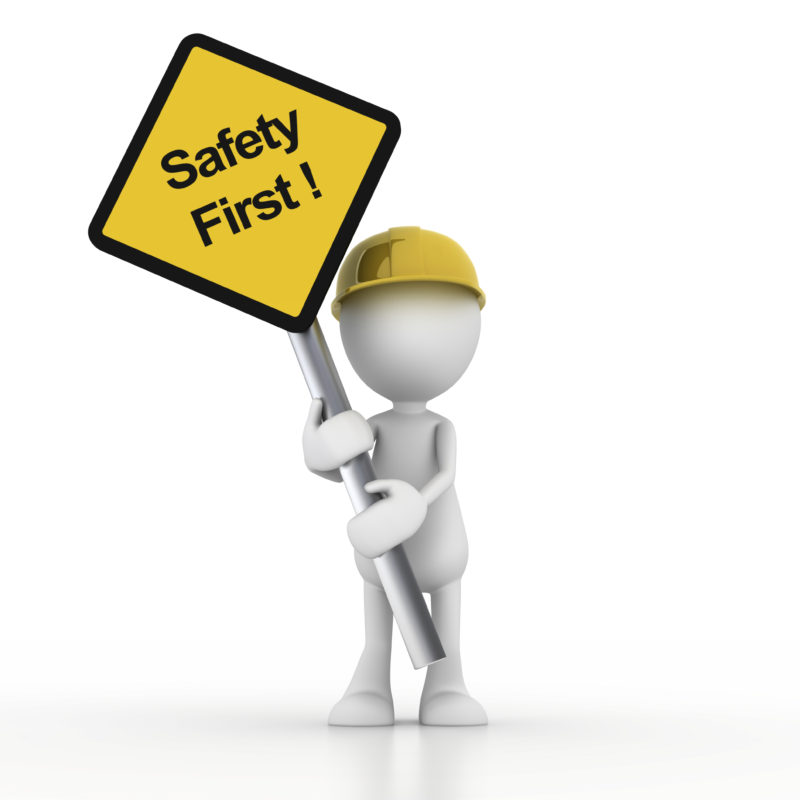Risk Communication Can Be Risky
Environmental Safety and Public Health Policy-Makers Often Make Matters Worse
Communication of science-based information to the general public…particularly health-related information…is a well-studied field.
This may be because it is so often done so poorly.
Many public behavior interventions, especially those based on intuition, “common sense,” political persuasion or religious belief, tend to focus on presenting a rational, logical argument for complying with a specific behavioral request.
Researcher Timothy D. Wilson cites “D.A.R.E.” and “Scared Straight” interventions…famous and widely adopted programs intended to reduce crime and drug use among young people…as examples of programs that “make perfect sense, but… are perfectly wrong, doing more harm than good. It is no exaggeration to say that commonsense interventions [such as these] have prolonged stress, raised the crime rate, increased drug use, made people unhappy, and even hastened their deaths.” (Source: Wilson, 2011, Redirect: The surprising new science of psychological change. New York: Little, Brown & Co.)
Unfortunately, this “boomerang effect” is too common in public policy communications. Public policy communicators would do well to read the government’s own manual on risk communication, which ought to be stapled to every keyboard in every PR department in every science, health and environmental organization in the English-speaking world.
Risk Is Attractive
Nike’s 5-minute animated World Cup commercial urges its audience to “Risk Everything,” basically because the safe route is boring. And clearly, there are a lot of risk-seekers out there.
While the animation and execution are exquisite, the storyline is predictable to the nth degree—but who cares? As an exercise in appealing to its targeted demographic: GOOOAAAAAALLLLLLLL!
The product shots are also very appealing. These are not the soccer cleats I wore in high school, and the shirts and shorts look as though world-cup-worthy pectorals, abs and glutes are included at no extra charge.
All this being said, the spot ought to be worrisome to conservatives, control freaks (including many sports coaches) and public health advocates. The reason it should be worrisome is not because of the spot’s likely influence on an easily-manipulated demographic—actually, soccer players are a rather stubborn lot. This spot is not going to change them in any way except maybe to increase their motivation to buy another pair of cleats.
No, the scarier scenario is that the spot is an accurate reflection of the risk-seeking ethos of an entire generation. In the spot’s storyline, risking everything is the only way to beat the practiced but predictable perfection of the clones (who could also be the minions of the Matrix, or the Man, or your parents).
But in real life, the associated behaviors are:
- Going for the low-percentage spectacular dunk rather than the safe but boring lay-up
- Riding the motorcycle without the helmet
- Not buckling those seat belts
- Not vaccinating your kids
- Not stopping to unroll that Trojan
- Not settling for the status quo
Small wonder so many campaigns aiming to reduce risky behaviors actually serve to increase them. Maybe the control freaks and health communicators would do better if they positioned those undesired behaviors as something other than risky.
How about stupid? Or shameful? Or embarrassing?
As Nike is trying to tell them, risky is just too attractive.



